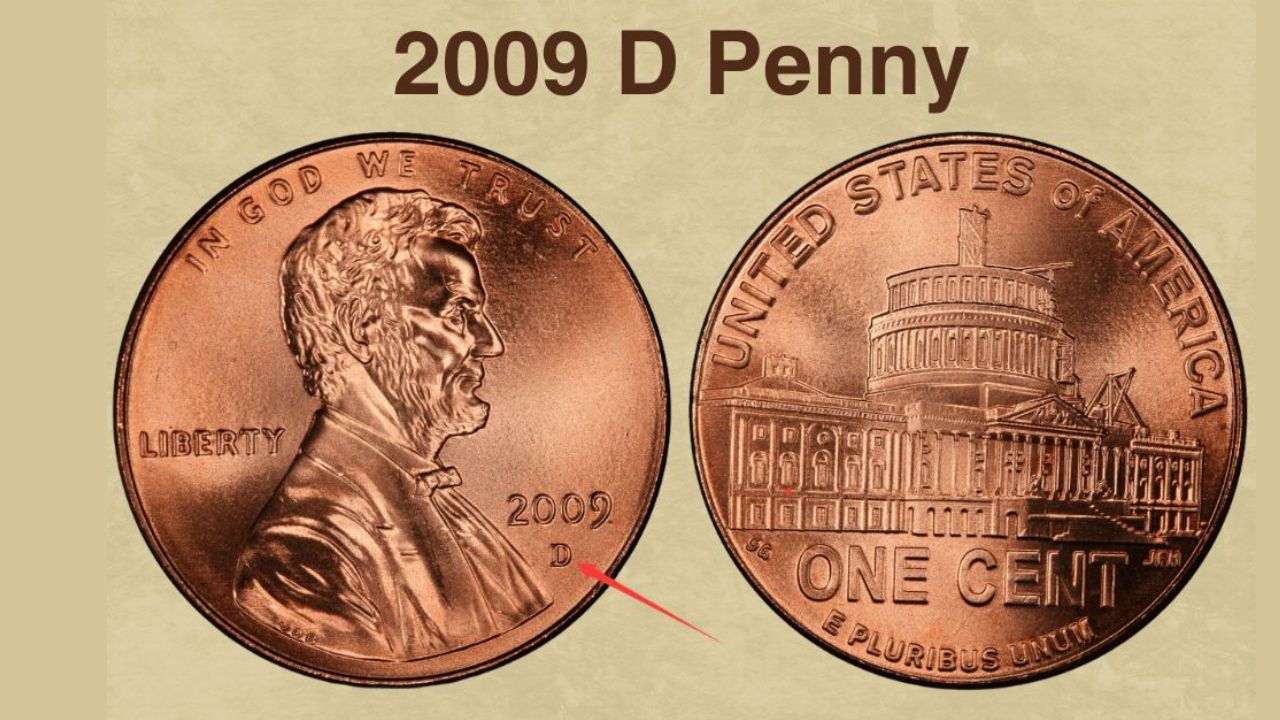2009 Lincoln Penny Bicentennial Editions: While most people dismiss pennies as practically worthless, certain 2009 Lincoln cents could be worth significantly more than their one-cent face value. These special coins, minted to commemorate Abraham Lincoln’s 200th birthday, have become increasingly sought-after by collectors. Let’s explore what makes these pennies unique and how you might identify a valuable specimen in your own coin jar.
A Historic Tribute to Lincoln’s Legacy
2009 marked two important anniversaries: the 200th birthday of Abraham Lincoln and the 100th anniversary of the Lincoln cent series. To celebrate these milestones, the U.S. Mint released four special reverse designs depicting different stages of Lincoln’s remarkable life journey. This was the first time since 1959 that the penny’s reverse design changed significantly, making these coins instantly collectible. The four designs showcase Lincoln’s humble beginnings in a Kentucky log cabin, his formative years in Indiana, his professional life in Illinois, and finally his presidency during the nation’s most challenging period.
Understanding the Different Varieties
There are two primary types of 2009 Lincoln pennies that collectors should know about. The regular circulation strikes were made of copper-plated zinc and can be found with either no mint mark (Philadelphia) or a “D” (Denver). More valuable are the special collector versions struck in San Francisco (marked with an “S”), which use the traditional 95% copper composition and come in either proof or satin finishes. These copper versions were produced in much smaller quantities specifically for collectors, making them inherently more valuable.
What Makes These Pennies Valuable Today?
Several factors contribute to the growing collector interest in these coins. First, they represent a one-year-only design series that will never be repeated. Second, the copper content in the collector versions gives them intrinsic metal value. Third, high-grade uncirculated examples or coins with mint errors can command significant premiums. While most circulated examples are still only worth face value, pristine specimens or rare error coins can be worth anywhere from a few dollars to several hundred dollars.
How to Spot a Valuable 2009 Penny
If you’d like to check your change for potential treasures, follow these steps:
- Identify the Design: Examine the reverse side to determine which of the four bicentennial designs you have. Each tells a different part of Lincoln’s story.
- Check for Mint Marks: Look below the date on the obverse (heads) side. A “D” indicates Denver mint, while an “S” means it’s a more valuable San Francisco mint coin.
- Assess Condition: Uncirculated coins with full original luster and no wear are most desirable. Use a magnifying glass to check for doubling or other errors.
- Weigh the Coin: Copper pennies (3.1 grams) are heavier than zinc ones (2.5 grams). This simple test can help identify the more valuable copper versions.
Collecting and Preserving These Coins
For those interested in building a collection, consider these tips:
- Complete sets of all four designs in uncirculated condition make attractive displays
- Special protective holders help preserve coin condition
- Certified coins graded by PCGS or NGC typically command higher prices
- Error coins, while rare, can be particularly valuable additions to a collection
Where to Buy and Sell
These pennies can be found through coin dealers, online marketplaces, and at coin shows. When selling, consider getting valuable specimens professionally graded to maximize their worth. Reputable auction houses and certified coin dealers typically offer the best returns for rare examples.
A Lasting Legacy
The 2009 Lincoln Bicentennial pennies represent more than just pocket change – they’re miniature works of art that tell the story of one of America’s greatest presidents. While you’re unlikely to retire on your penny collection, finding one of these special coins in circulation can be both financially rewarding and historically fascinating. Next time you get a penny in change, take a moment to check the date – you might be holding a small piece of American history worth far more than one cent.



